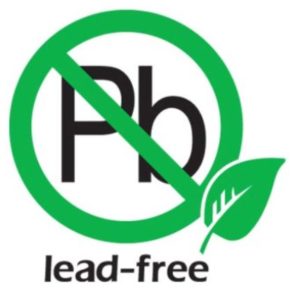Lead Free Processing

In the semiconductor industry, lead (Pb) is primarily used in a process known as lead finish (‘lead’ here refers to the external pins of the package for connecting the device to the outside world, and not the element Pb). The lead finish is an application of a layer of metal over the leads of the device to improve its solderability, protect it from corrosion and mechanical damage, and improve its appearance. Tin (Sn)-Lead (Pb) solder is commonly used as a lead finish material, which is deposited either by solder plating or solder coating.
Lead (Pb) and its compounds are highly toxic and remain stable over time. As such, their entry into ecological systems, natural water supplies, and plant and animal food chains has become an environmental issue that’s of utmost importance all over the world. Lead is a heavy metal that accumulates in the body over time, resulting in various health problems that can ultimately lead to death under the worst circumstances. The Restriction of Hazardous Substances (RoHS) directive by the European Union prohibits the use of lead in PCB assembly processes.
